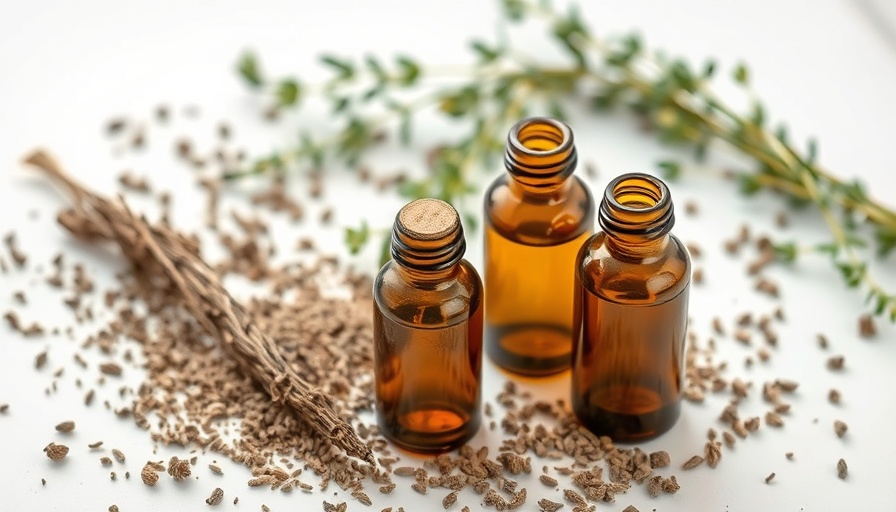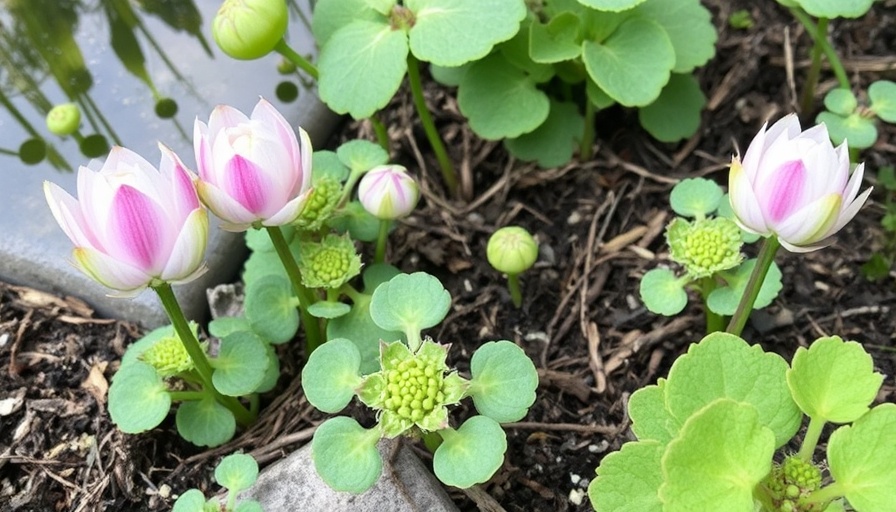
A Flavourful Journey: Making Your Own Herb Oil
Nothing is quite as delightful as the aroma of fresh herbs wafting through your kitchen. Imagine preserving that essence in a bottle of herb oil that you can drizzle over your meals throughout the week. Making your own herb oil is not only straightforward but also a creative way to enhance your culinary creations and add a personal touch to your cooking.
Why DIY Herb Oil?
Creating your own herb oil is a fun and rewarding experience. Sure, store-bought oils might be convenient, but homemade versions boast several advantages. From freshness and flavor to health benefits, homemade herb oils provide a unique culinary edge:
- Freshness and Flavor: You choose the herbs and can control the level of intensity to suit your palate.
- Healthier Option: Homemade versions are free from additives and preservatives common in commercial products.
- Creative and Personal: They make for excellent gifts and add a personal touch to your kitchen.
What You'll Need
Creating herb oil doesn’t require many ingredients:
- Oil: Choose olive oil or another neutral oil, such as sunflower or grapeseed oil.
- Fresh or dried herbs: Rosemary, thyme, basil, oregano, garlic, chili, or lemon balm work well.
- Clean glass bottles or jars for storage.
- Optional: Spices like peppercorns or fennel seeds for added depth.
Step-by-Step Guide to Making Herb Oil
- Select Your Favorite Herbs: Consider flavor combinations—classic pairings like rosemary and garlic or a more daring basil and chili mix. Prepare multiple bottles to stock your pantry and have gifts ready.
- Prep the Herbs: Rinse fresh herbs well and dry them thoroughly. If using dried herbs, you can use them directly. Lightly crush robust herbs like garlic or chili to unleash more flavor.
- Warm the Oil (Optional): For a subtle infusion, you can heat the oil gently (never boil) and steep the herbs for 10 to 15 minutes. This method enhances aroma without compromising vitamins.
- Fill the Container: Place the herbs in your bottle and pour the oil over them, making sure they’re fully submerged to prevent spoilage.
- Infuse the Flavors: Store the filled bottle in a cool, dark place. Patience pays off here; after 1 to 2 weeks, your oil will be bursting with flavor.
- Enjoy and Experiment: Use your homemade herb oil drizzled over salads, grilled vegetables, pastas, or as a dip for fresh bread. Don’t hesitate to explore combinations of flavors to discover your perfect blend.
Ways to Use Your Homemade Herb Oil
Herb oil isn't just a delicious seasoning for meals; it’s incredibly versatile in the kitchen. Use it as a marinade for meats, fish, or veggies, or merely drizzle it into soups and stews for an added layer of flavor. You can even use it as a dip for bread at dinner parties, elevating your dishes and making cooking a delightfully creative endeavor.
Tips for Maximum Flavor
To achieve the best results, ensure you always use clean and dry storage containers to avoid spoilage. Fresh herbs provide a milder taste, while dried herbs offer a more concentrated flavor. Be cautious with fresh garlic in oils, as it can lead to quicker spoilage.
Making your own herb oil not only enhances your dishes but also serves as a rewarding culinary adventure. Are you ready to elevate your cooking game? Start experimenting today, and you'll find yourself creating unique flavors that can bring any meal to life!
 Rij toevoegen
Rij toevoegen






Write A Comment